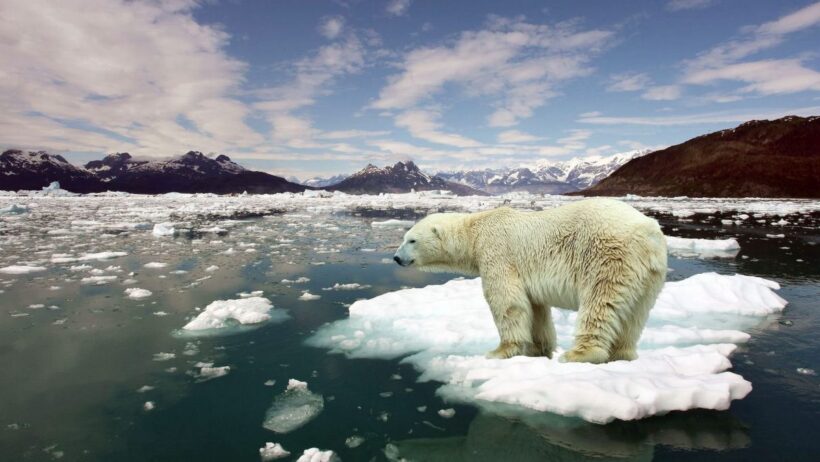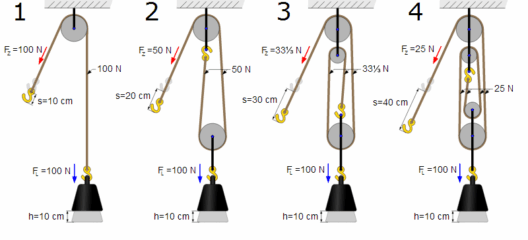Global warming looms large on the horizon, a tempest threatening to reshape the very fabric of our existence and the delicate equilibrium of Earth’s biosphere. As we stand on the precipice of climatic chaos, the pressing inquiry remains: can we stop global warming in time? This multifaceted quandary propels us into the dense thicket of humanity’s industrial legacy, environmental challenges, and collective responsibility. In this exploration, we examine the narrative of what is being done, juxtaposed against the overarching need for urgency.
Understanding the Climate Crisis
At its core, global warming is catalyzed by the relentless accumulation of greenhouse gases in the atmosphere, primarily carbon dioxide (CO2) and methane (CH4). These gases act like a thermal blanket, trapping heat and disrupting the climactic balance that sustains life. Imagine, if you will, Earth as a finely-tuned orchestra; even a slight discord amongst instruments can lead to cacophony. The swelling temperatures, rising sea levels, and increasingly erratic weather patterns are the dissonance borne of our harmonic negligence.
The Scourge of Inaction
The absence of immediate and decisive action equates to a slow march towards a dystopian future. Climate models predict a potential global temperature increase exceeding 2 degrees Celsius this century if current trends persist. Science has illuminated the path, yet our societal inertia remains a formidable adversary. High emissions, deforestation, and reliance on fossil fuels are the twin daggers in our back, poised to deal fatal blows to our collective future.
Political Will and Legislation
At the nexus of global warming efforts lies political will—a critical determinant that shapes climate action. International agreements such as the Paris Accord embody the hope for collaborative climate stewardship. Member nations have committed to limit temperature rise to well below 2 degrees Celsius, approximating a containment strategy for the catastrophic rise in climate-related phenomena. However, real progress hinges on alacrity rather than platitudes. Governments must transition from passive observers to proactive participants in the climate arena.
Technological Innovation as a Catalyst
Simultaneously, technological innovation emerges as a beacon of potential. Renewable energy solutions like solar, wind, and hydroelectric power narrate the story of humanity’s ability to pivot from dependence on fossil fuels to sustainable alternatives. This transition is akin to swapping a sputtering engine for a smooth electric vehicle; the former belches pollution, while the latter glides quietly toward a cleaner horizon. The increased feasibility and affordability of renewable technologies indicate that a new energy era is dawning, reshaping the economic landscape in favor of an ecological renaissance.
Grassroots Movements and Civic Engagement
Today, among the cacophony of climate chatter, grassroots movements surge forth as a palpable symbol of the collective conscience awakening. Activist groups and eco-conscious citizens rally to advocate for sustainable practices, bolster awareness, and press for accountability. This phenomenon is reminiscent of an indomitable tide, where individual actions amalgamate into a powerful wave of change. Local initiatives, from community gardens to renewable energy cooperatives, forge bonds that resonate deeply within the fabric of society.
Education emerges as an equally potent tool; understanding the intricacies of climate science empowers communities to make informed decisions that resonate beyond mere consumption. Workshops, lectures, and interactive platforms catalyze a grassroots movement armed not with weapons, but with information and determination.
Economic Transition: From Extraction to Stewardship
Moreover, the economic dimensions of climate action cannot be underestimated. The transition from a linear economy, characterized by extraction and waste, to a circular economy reflects an elegant paradigm shift. This metamorphosis emphasizes sustainability, where resources are reused and repurposed in a perpetuity loop. Businesses that embrace sustainable practices not only mitigate their environmental impact but also position themselves advantageously in markets increasingly driven by consumer consciousness concerning climate. As resources dwindle, the companies that adapt will thrive. This economic evolution, coupled with conscious consumerism, serves as a rallying clarion for action.
Investing in Nature: A Natural Ally
Nature herself offers potent solutions to combat global warming. Reforestation and afforestation act as carbon sinks, sequestering CO2 while nurturing biodiversity. This symbiotic relationship between humanity and the natural world manifests a simple yet profound truth: protecting our planet equates to securing our future. The vast green canopy of trees breathes life into our air, reminding us of what is at stake and what can be saved through resolute action.
Urgency and The Road Ahead
As we critically examine the question, “Can we stop global warming in time?”, the consensus resonates like a clarion call—yes, but with unyielding urgency. The trajectory we chart from this point must be fueled by commitment, empathy, and an unwavering resolve to act in the face of impending challenges. The time for dialogue is waning; action is imperative.
In conclusion, while the road ahead is fraught with challenges, the tapestry of possibility is rich with threads of innovation, collaboration, and transformation. Humanity stands poised on the brink, possessing the power to either plunge into climatic despair or ascend towards an era of sustainability. Just as a green shoot emerges from cracked earth, our collective efforts can foster a more harmonious relationship with our planet. The question that remains is not if we can stop global warming but rather, if we will muster the collective fortitude to act decisively before it is too late.







